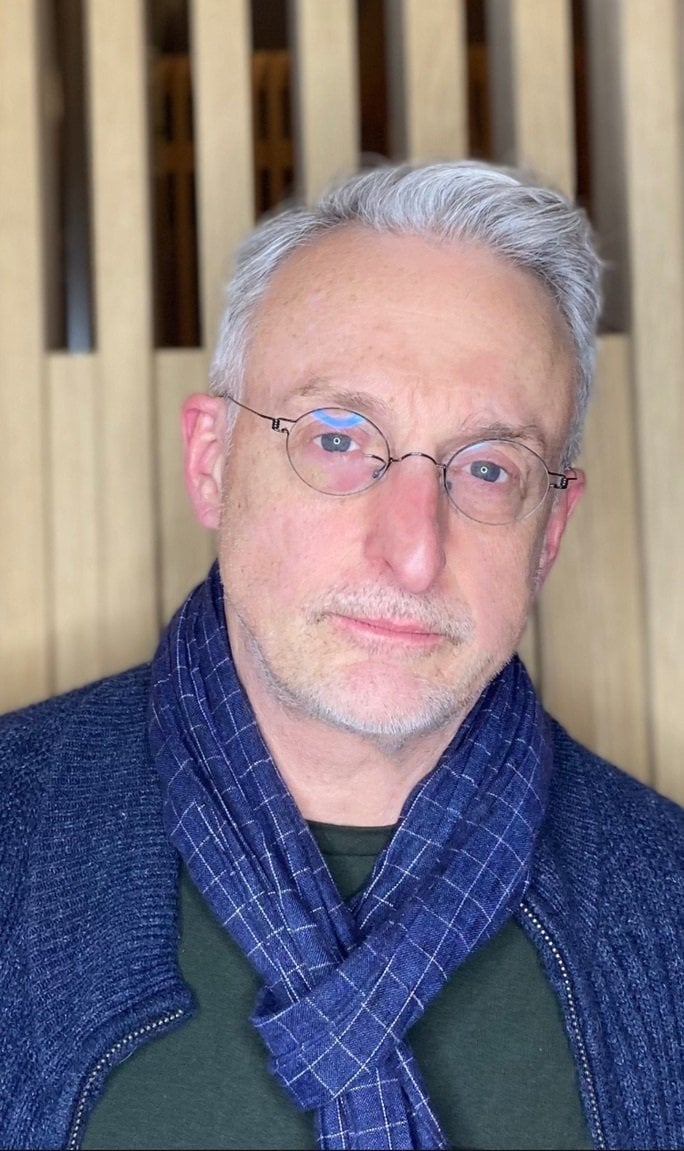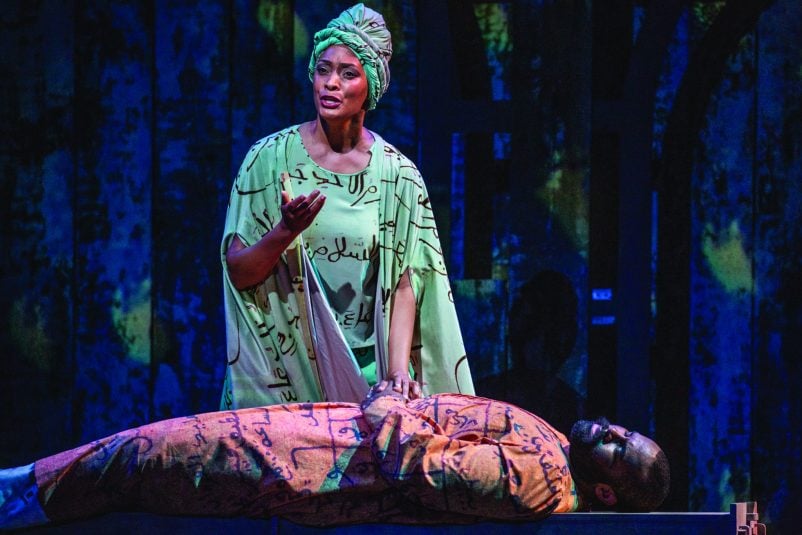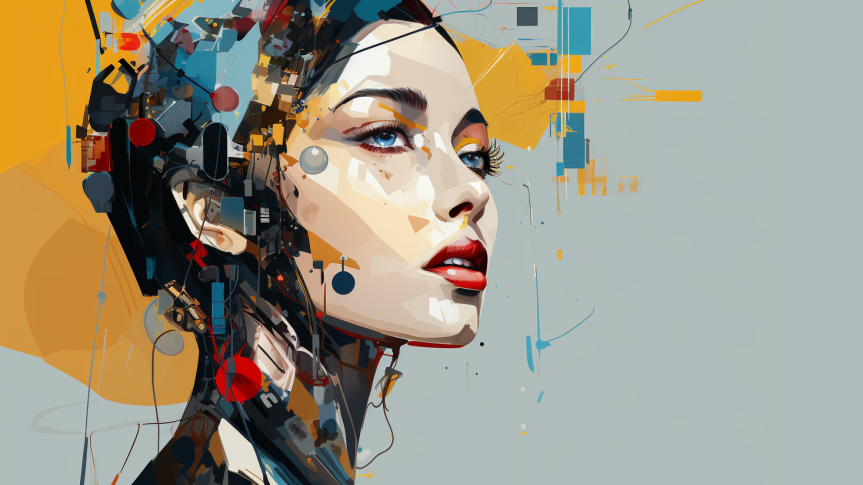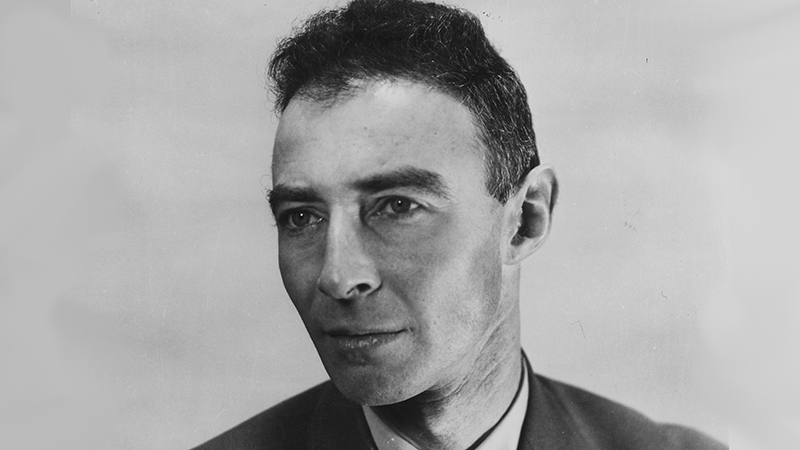
(This article first appeared in the 2017 Techonomy print and digital Magazine.)
“We think artists are at the tip of the spear when it comes to cultural change, so they should be involved in the discussion about culture and technology,” says Roddy Schrock. He is sitting in a cavernous space in Industry City, Brooklyn. Schrock is executive director of Eyebeam, an incubator where art meets tech. People come there to find the poetry, beauty, and even the soul of technology. At a time when every day zooms by in a blur of screen-inflected interaction, blitzkrieg news, and hyperventilated entertainment, exaggerated and distorted by the sheer public nature of our digital selves, the work this institution does is urgent. How do we find a center amidst all the digital tumult?

Each year Eyebeam welcomes fellows–in fall 2016, five out of 450 applicants–for a $32,000 stipend and year-long residency. Others stay for shorter periods. “They can be an engineer, a coder, or make new sculptural work using technology,” explains Schrock. “The goal is to create a protected space for the creation of the new.” Who wouldn’t want to be part of that?
Eyebeam’s eminent heritage goes all the way back to 1997, when philanthropist and filmmaker John S. Johnson III got together with friends and envisioned a sort of atelier for digital creativity. The first “share” button for digital content emerged there. BuzzFeed, one of today’s most important digital media companies, was incubated at Eyebeam by Johnson and Jonah Peretti. In addition to numerous artworks with digital elements, its colloquies have generated institutions including one called the Center for Poetic Computation.
On a recent visit, we found Sarah Grant and Amelia Marzec working on an upcoming conference called Radical Networks, for artists and activists whose work involves networks. “What are the aesthetics of a network?” Grant asks. “I don’t know anyone who can answer that question.” It’s the kind of thing Eyebeam exists to explore. We also met Morehshin Allahyari, who makes 3D-printed reconstructions of antiquities destroyed by ISIS in the Middle East, paired with digital records on each one’s history. She focuses on the politics as much as the poetics of technology. Says Schrock: “Part of our job is to create a space where you can just say you’re an artist. And if you don’t want to be, you can be an engineer. We want to challenge peoples’ notions of what an artist or an engineer is.



At Eyebeam, Tech Meets Poetry and Aesthetics
A hadron collider for art and technology, Eyebeam is a Brooklyn incubator that launches companies and art projects, benefitting both. Its aesthetic centers on the rapid-moving world of technology. This institution doesn't care if you call yourself an artist or an engineer, so long as you're making things that matter.















